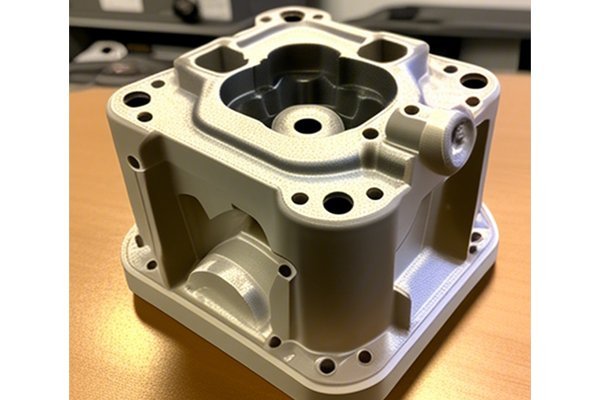Did you know that labor costs can account for up to 30% of the total manufacturing expenses in CNC machining? This statistic often surprises manufacturers who might focus solely on material and machine costs. Understanding how labor costs influence CNC machining is critical for optimizing production processes and maintaining competitiveness in today’s manufacturing landscape.
The Importance of Labor Costs in CNC Machining
Labor costs in CNC machining refer to the expenses related to workforce wages, benefits, training, and other human resource factors necessary for operating CNC machinery. In CNC machining, these costs are more than just a line item in the budget; they represent a significant aspect of overall production efficiency, quality assurance, and cost competitiveness.
Breakdown of CNC Machining Costs
To understand the significance of labor expenses, we first need to examine the complete cost structure typically found in CNC machining:
Analyzing the Impact of Labor Costs
The efficiency of the workforce directly impacts production output. Skilled CNC operators are essential for maximizing machine operation, ensuring that the machines are running at optimal speeds while maintaining high-quality standards.
For instance, an inexperienced operator might lead to higher downtime—whether from incorrect setups, slow programming, or the necessity for re-work on poorly machined parts. Increasing productivity often means investing in training programs to ensure that workers can utilize state-of-the-art technology effectively.
Labor costs also play a pivotal role in quality control processes. A well-trained team equipped to handle the rigidity of CNC operations can reduce the likelihood of defects. Lower scrap rates directly correlate with decreased material costs, which are essential for a lean manufacturing approach.
Investing in quality management training can help ensure that quality checks are consistently applied during the machining process, thereby enhancing precision and reducing waste.

High turnover rates within the workforce can lead to significant costs associated with recruitment and training. Additionally, a constantly changing workforce may result in inconsistent machining practices, which can lead to variable part quality.
To mitigate this, manufacturers should focus on creating a work environment that promotes employee satisfaction, engagement, and retention through competitive salaries, benefits, and opportunities for advancement.
Strategies for Optimizing Labor Costs in CNC Machining
When faced with rising labor costs, manufacturers may not have to resort to extreme measures. Here are some constructive strategies for optimizing labor expenditures in CNC machining:
Investing in employee training is non-negotiable in CNC machining. Offering continual education—whether through apprenticeships, on-the-job training, or external programs—can significantly boost skill levels. Not only does this improve the competency of the workforce, but it also fosters a sense of loyalty and commitment among staff, which can reduce turnover rates.
Automation is reshaping the manufacturing landscape. While the initial investment in automated CNC machinery or software may be daunting, the long-term savings on labor costs can be significant. Upgrading to smart machinery that can perform tasks with minimal human intervention allows companies to allocate personnel to more complex and value-adding operations.
Conducting regular evaluations of employee performance can help in identifying areas where training might be required. Establish objective performance metrics targeting productivity and efficiency, and use these insights to create personalized enhancement programs for employees.
Creating a workplace that minimizes physical strain can lead to increased efficiency and reduced injury-related downtime. Invest in ergonomic tools and workspace designs that promote worker comfort and health.
Labor costs in CNC machining are a critical element that cannot be overlooked. They play a vital role in determining a manufacturer’s overall production costs and, ultimately, their market competitiveness. By focusing on training, investing in automation, regularly evaluating performance, and optimizing workplace ergonomics, manufacturers can effectively manage labor costs without slashing the quality of their products.
As manufacturers face increasing demands for efficiency and competitiveness, understanding and optimizing labor costs in CNC machining becomes increasingly important. Consider this: every dollar saved through optimized labor costs can be reallocated toward innovation, quality enhancement, or capacity expansion. Therefore, reassessing labor structures and strategies may be the key to not only surviving but thriving in the evolving manufacturing landscape.
Your thoughts matter! How do you manage labor costs in your CNC machining operations, and what strategies have you found to be the most effective? Share your insights and let’s engage in meaningful discussions.






